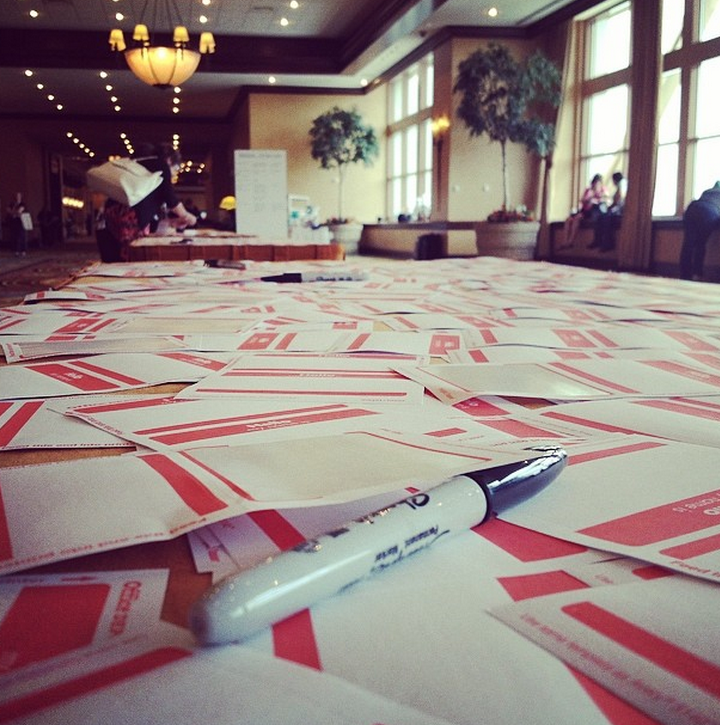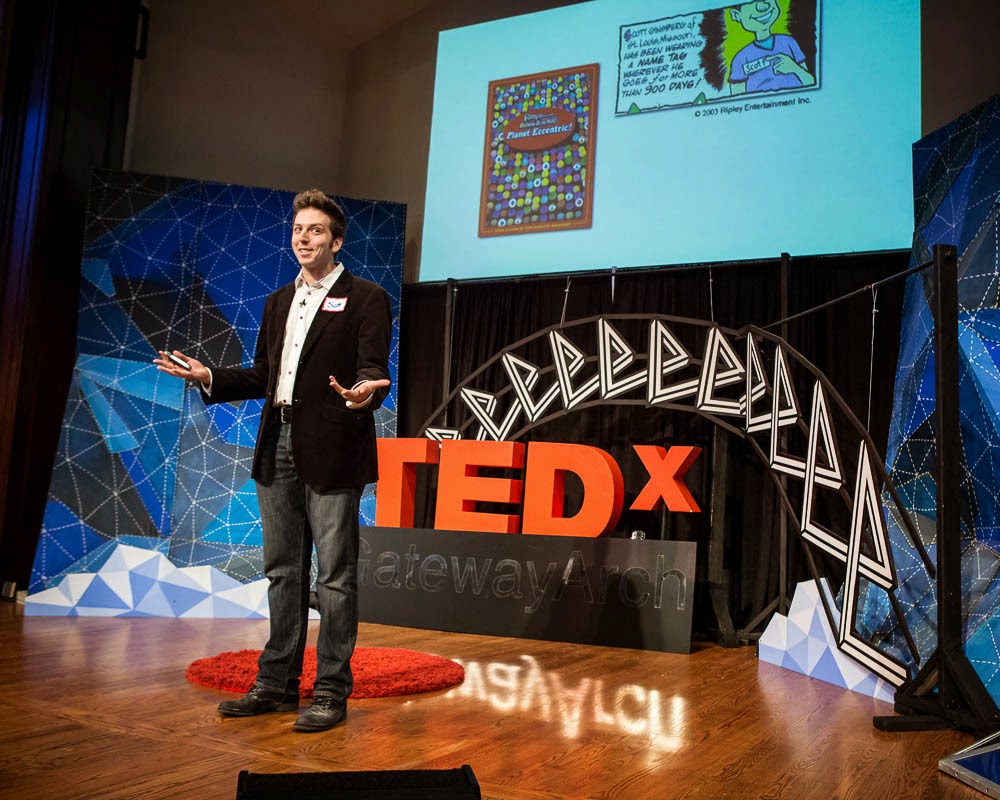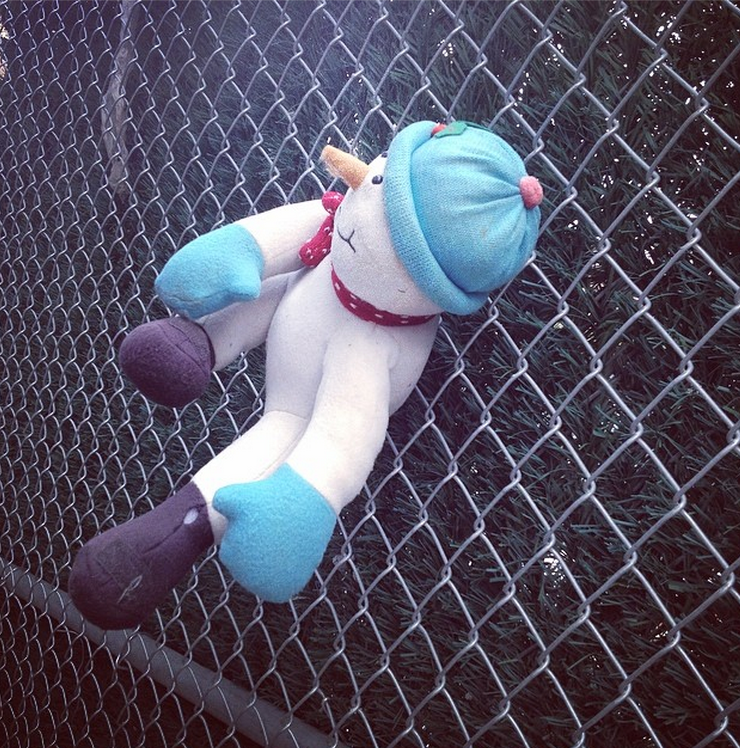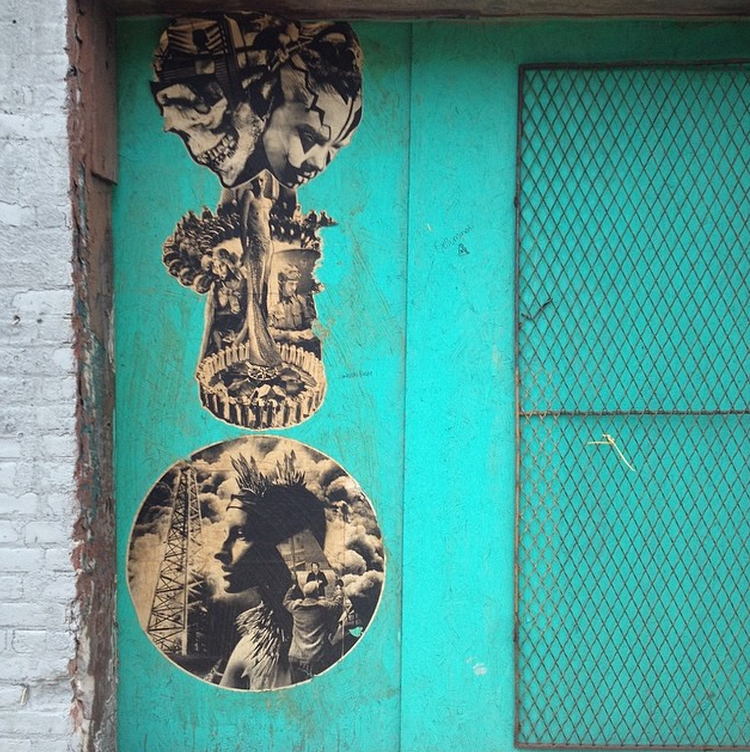
All creativity begins with the moment of conception.
That little piece of kindling that gets the fire going. That initial source of inspiration that takes on a life of its own. That single note from which the entire symphony grows. That single spark of life that signals an idea’s movement value, almost screaming to us, something wants to be built here.
And so, in this new blog series, I’m going to be deconstructing my favorite moments of conception from popular movies. Each post will contain a video clip from a different film, along with a series of lessons we can learn from the characters.
Today’s clip comes from the firing scene scene in Up In The Air:
What can we learn?
The
only choice is severance. Bob took a mediocre job out of college that forced him to
give up on his dreams. To give up on doing what made him happy. But now, thirty
years later, he’s given a second change. A new beginning. A fresh start.
An opportunity to do his rightful work in the world, and finally become who
he really is. The lucky bastard. I
remember going through a similar transformation in my own career. It was
beautiful. There was a profound sense of peace, stillness, possibility and
liberation. Nothing to fear, nothing to lose, nothing to hide, nothing to
prove. And as I stood on the precipice of transformation, being called to
something different, I made choice to lean into a new future. And my work
hasn’t been the same since. That’s the sign of a successful reinvention. When
you feel like a whole new person, and yet, more like yourself than ever. Have you made peace with the mysterious ways in which you would up
doing the things you were meant to do?
Freedom is the flame
of admiration. What I love most about this scene is the concept of
admiration. How kids look up to people who follow their dreams. And yet, it’s
not just kids, it’s everybody. Nothing inspires the world more than a
someone who acts from his own center and does work that make him alive in all his parts and powers. Louie, to use an example from the standup world, isn’t a
comedy legend because he’s the funniest, but because he’s the freest. He writes, directs, produces and
edits his own network television show, addressing topics most writers wouldn’t
touch. He circumvents big ticket companies by performing reasonably priced
concerts at alternative venues. And he has a no bullshit website that offers
cheap standup specials direct to his fans. Don’t get me wrong. Louie certainly
makes people laugh with his work, but the foundation of his artistry is the
sovereignty he has over his work. That’s why people admire him. What are you trading your authenticity for?
With buried grievances and
dreams unexpressed.It’s hard to resist the romance of running after your dreams. Especially in
this country. America is the place where dreams are had, followed and fulfilled.
The prospect of not having to die with your music still in you, the legacy of
going to your grave with your life poured out, man, that’s one hell of promise. Of course, some say those who
think that way need to be beaten with the practicality stick. And maybe they’re
right. But the upside to following your dream is, it doesn’t have to be a binary
construct. It all depends on how you define the word follow. Let’s say your dream matures into an exotic animal that you
can’t afford to feed forever. Your artistic career path, dripping with risk and
instability and blood and toil, becomes too high a price to pay. Does that have
to knock you out of the game completely? Not necessarily.If there’s a
dream in you, one that serves and helps others, one that would cause you deep
regret if you never took the risk to at least try it, it shouldn’t matter how you follow it, only that you follow it. Even if it’s asubsidiary
part of your earning existence. Even if money doesn’t have to go next to you
when you act the way you act. Frankly, your dream will just be glad you showed
up.How far do you have to follow your
dreams to still be okay with yourself?
What did you learn?
* * * *
Scott Ginsberg
That Guy with the Nametag
Author. Speaker. Strategist. Filmmaker. Publisher. Songwriter.
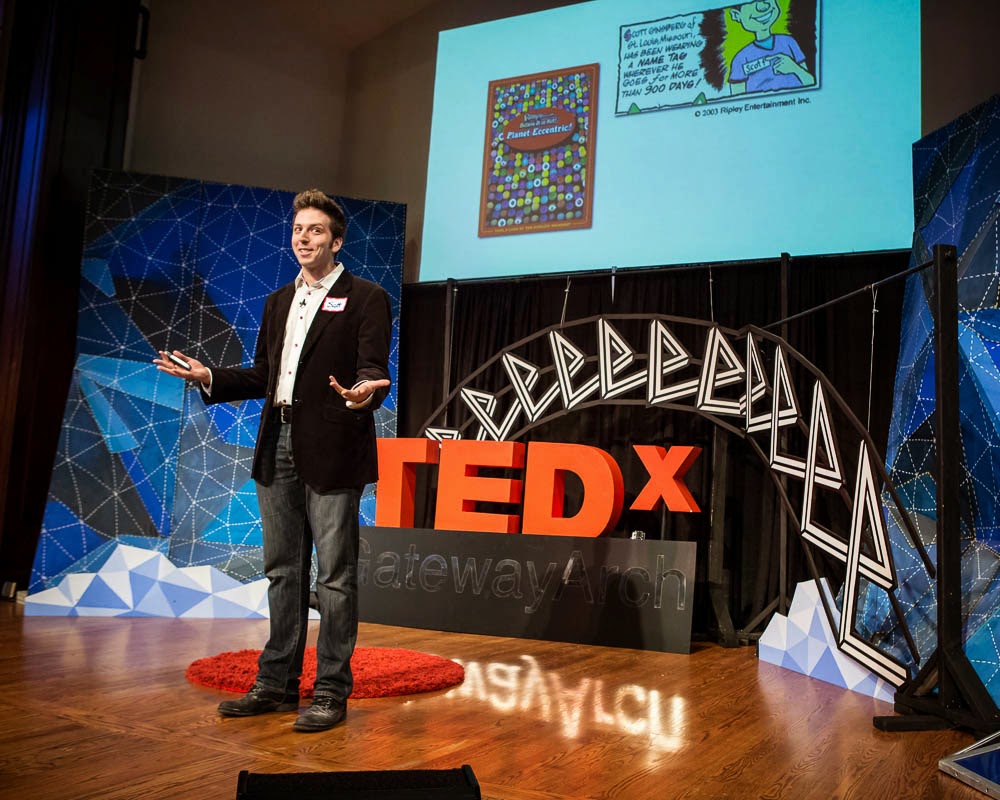
Never the same speech twice. Customized for your audience. Impossible to walk away uninspired.
Now booking for 2014-2015.
Email to inquire about fees and availability. Watch clips of The Nametag Guy in action here!



